The Swiss stage (or Swiss system) is a tournament format commonly used in esports, card games (like Magic: The Gathering or Hearthstone), chess, and other competitive events.

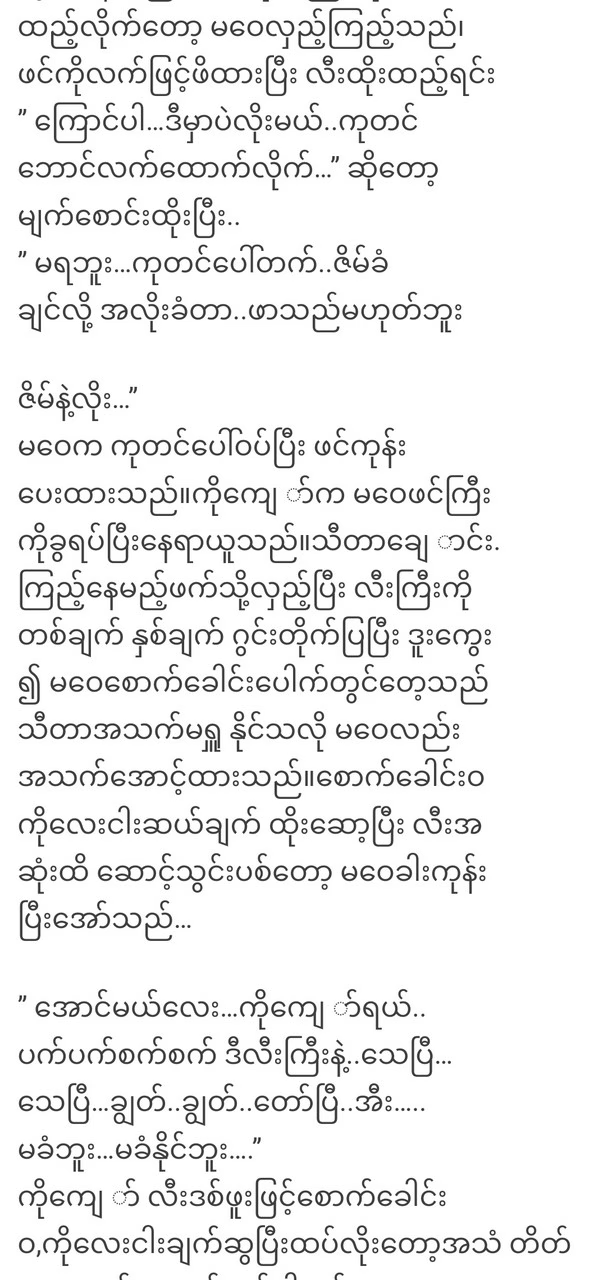
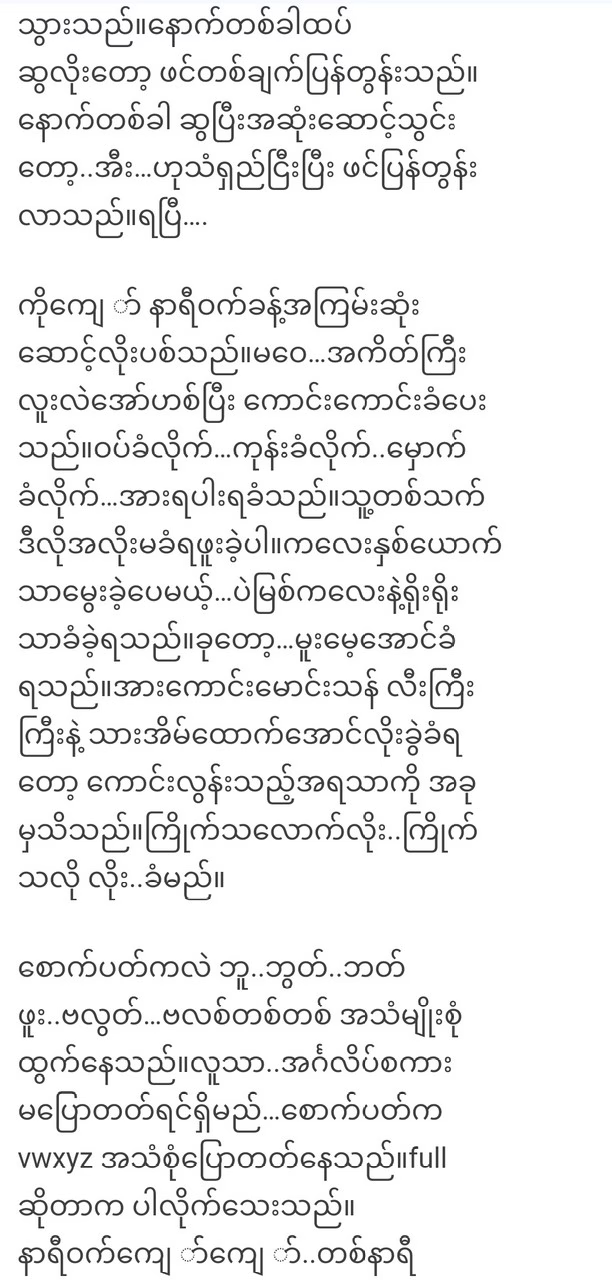
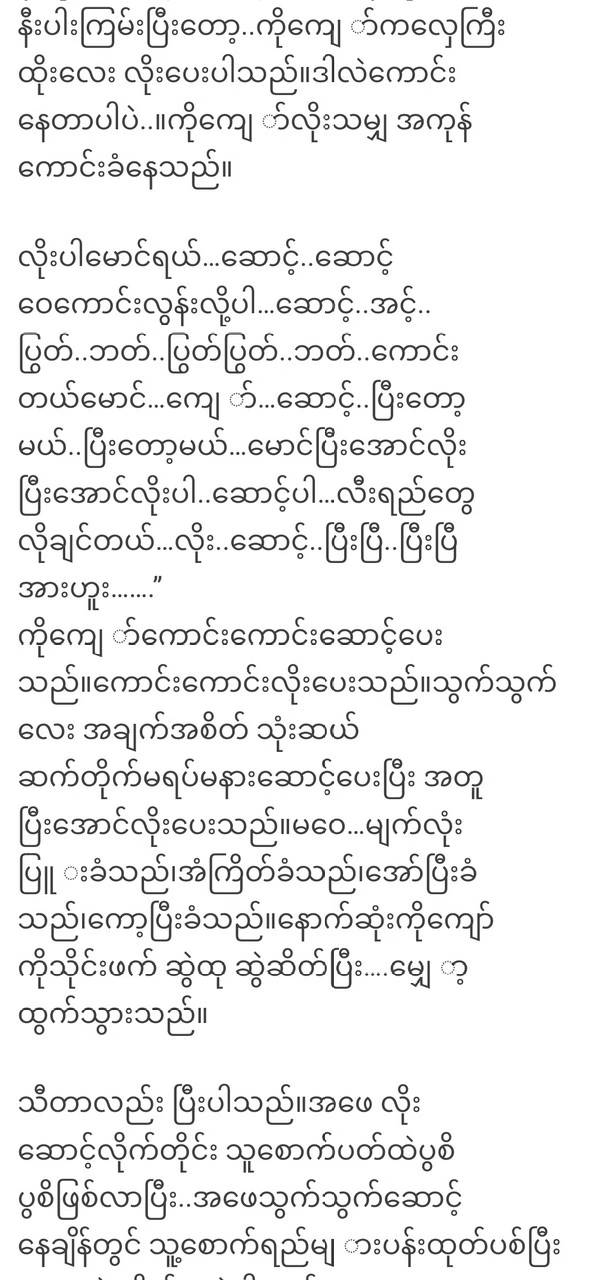
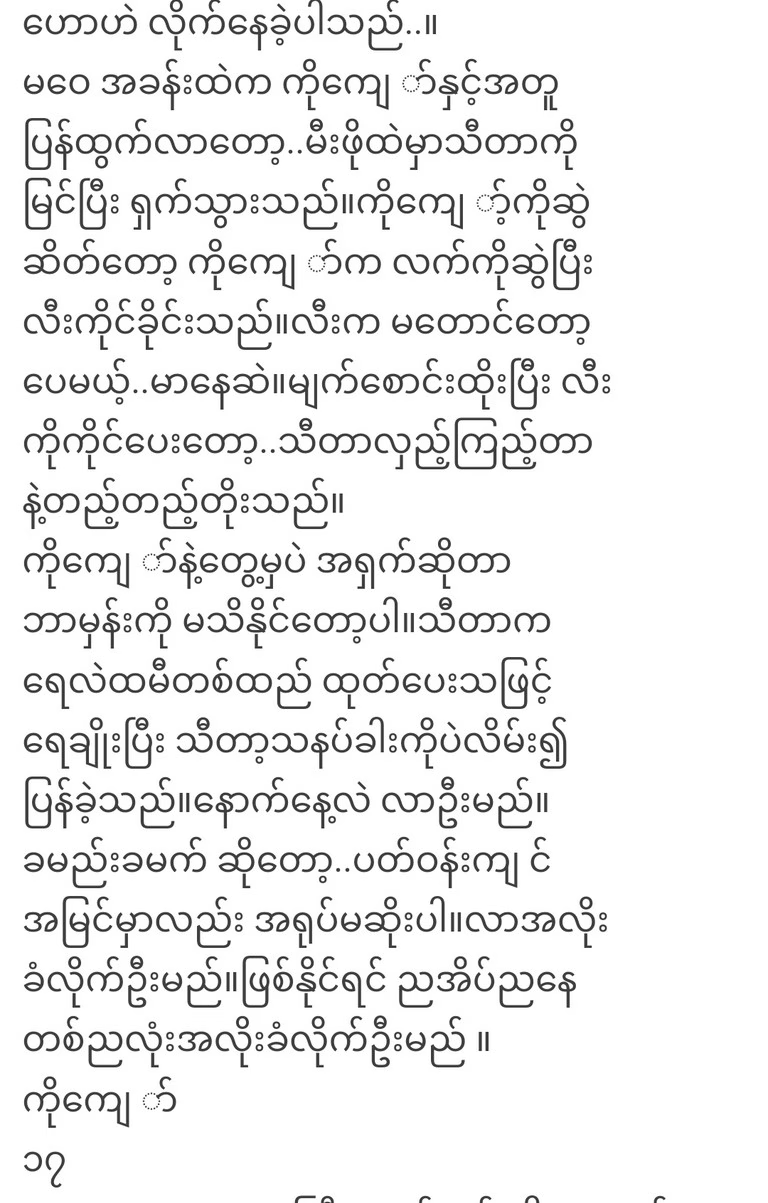
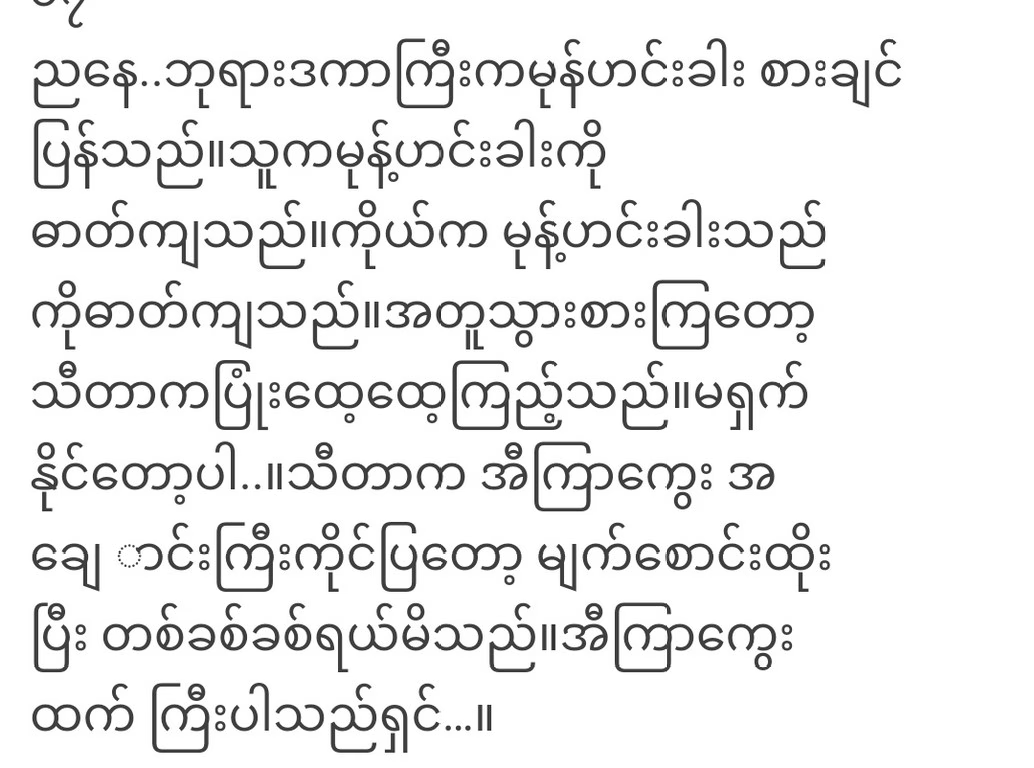
It ensures that players compete in a series of rounds without elimination while pairing them against opponents of similar performance. Here’s how it works:
Key Features:
- Number of Rounds: The tournament consists of a predetermined number of rounds (e.g., 5-9 rounds, depending on the number of participants). Each round, players are matched based on their performance so far.
- Pairings:
- Players with similar win-loss records are matched against each other.
- Pairings aim to avoid repeated matchups unless necessary.
- No Elimination: All players participate in every round, regardless of their performance in earlier rounds.
- Scoring:
- Players typically earn points for their performance in each round (e.g., 1 point for a win, 0.5 for a draw, and 0 for a loss in chess).
- Standings are determined based on the total points accumulated.
- Advancement or Finals:
- After all rounds, the top players (based on points) may advance to a playoff or knockout stage to determine the winner.
- In some cases, the top-ranked player after all rounds is declared the winner.
Advantages:
- Ensures balanced matchups as the tournament progresses.
- Allows all players to play the same number of games, making it inclusive.
- Reduces the impact of early losses compared to single- or double-elimination formats.
Disadvantages:
- Requires careful planning for pairings to avoid repeats and maintain fairness.
- Tie-breaking can become complex, often relying on secondary criteria like “Buchholz” or “Strength of Schedule.”
The Swiss system is particularly favored in competitive gaming and
